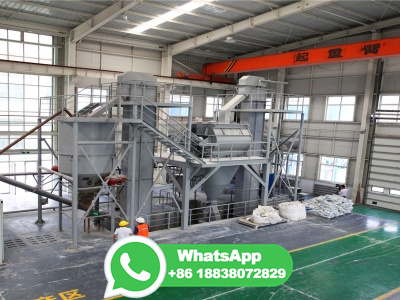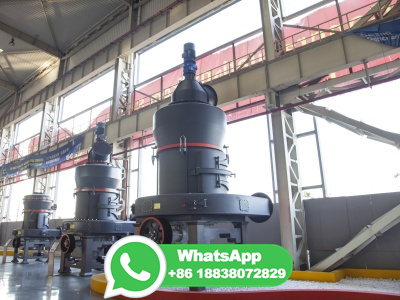
ULTRA CAL 30: A very low expansion, gypsum cement used widely in the SPFX industry. Makes hard, super strong precise molds. Ideal for latex molds, where durability and detail reproduction are a concern. Can be heated in an oven. (Please note that this product is .


Cement plaster cannot be applied on smooth surfaces. Gypsum plaster can be applied on smooth as well as a rough surface. 4. Cement plaster gives a rough surface. Whereas gypsum plaster gives a very smooth finish which makes it compatible with paints. 5. During the appliion of cement, plaster wastages are high.


· Fiber Cement Board. The similar features for both boards are good insulation, fire resistant, noncausing, and toxic substances but the clear differences are that gypsum board is more suitable for interior work as for the reason that the gypsum board is produced from compact gypsum mineral powder which is very fragile, therefore plaster board liner has been used as covering board on .


· Cement manufacturing is a complex process that begins with mining and then grinding raw materials that include limestone and clay, to a fine powder, called raw meal, which is then heated to a sintering temperature as high as 1450 °C in a cement kiln. In this process, the chemical bonds of the raw materials are broken down and then they are ...



Cement: Cement is important for construction activity like building houses, factories, bridges, roads, airports, dams, and other commercial establishments. This industry requires bulky and heavy raw materials like limestone, silica, alumina, and gypsum. Coal and electrical power are needed for production and rail for transportation.


· Gypsum Board. After reading to this point, many of you might think that gypsum board has an inferior quality to fiber cement board but do not jump to conclusions because actually not only gypsum boards has lower price and lighter weight but also has smoother surface and it gives a nice and smooth touch on the edge joints between the boards.






WASHINGTON – Using a newly developed methodology, the Environmental Protection Agency (EPA) today released its evaluation of the two largest beneficial uses of encapsulated coal combustion residuals (CCR or coal ash): use in concrete as a substitute for portland cement, and the use of flue gas desulfurization gypsum as a substitute for mined gypsum in wallboard.


Residues from the combustion of coal for energy production consist mainly of slag, ashes and flue gas desulphurisation gypsum. Residue generation has increased in the EU15 by about 12% in the period, and now amounts to % of total waste generation.


Synthetic Gypsum Plant Cement Plant. Synthetic gypsum forms include FGD (Flue Gas Desulfogypsum ) or DSG or ( DeSulfoGypsum) from the scrubbing of SO 2 gases from coalfired power plants, Titanogypsum from the production of TiO 2 pigments, Phosphogypsum from the production of phosphate fertilizers and Fluorogypsum from the production of


The cement clinker is ground with about 5% gypsum. Other materials like slag, fly ash, ash of coal etc may also be added in required proportion to get the final cement powder. The main fuel used for firing preheater cyclone and rotary kiln is coal. Therefore, coal plays an important role in the manufacturing process of cement. Based on the


Gypsum Rock extensively used as a raw material for manufacturing fertilizers, paints, construction materials. We make it available in bulk in chemicalgrade packaging. We produce sized natural Gypsum with purity MIN 90% percent that general usage in cement industry and Gypsum factories.


Clinker is mixed with gypsum and ground to a fine powder to make cement. Coal combustion products (CCPs), such as Fly Ash also play an important role in cement manufacture and in the construction industry generally. 0 kg. 200450kg of coal is needed to produce 1 tonne of cement. 0 %


· India's cement production capacity stood at around 502 million tonnes per year (mtpa) in 2018 and is expected to reach 550 mtpa by 2025. Typically, manufacturing cement uses 2 to 4 per cent gypsum per tonne of cement. Thus the country requires importing substantial gypsum to er to the requirements of cement industry.


CeramiCal® Gypsum Cement: Offers exceptional strength with consistent absorption. Resists abrasion and wear. Has a recommended use consistency by weight of 40 parts water to 100 parts plaster. Has a standard designed Vi set of 1823 minutes after machine mixing. NOTE — For best results, store indoors in a dry, stable environment, away ...


Superstrength gypsum cement recommended where extreme accuracy and greater surface hardness are required, as in duplior models. Harder and stronger than HYDROCAL A11 and HYDROCAL B11 cements, UltraCal 30 cement has the lowest expansion of any rapidsetting gypsum cement available.


· Claudius Peters stockyards, pneumatic conveyors, silos, clinker coolers, grinding mills, and packing systems can be found in Cement, Coal, Alumina, and Gypsum plants across the globe. The group's other principal Division, Aerospace, manufactures aircraft parts for Airbus.


Role of Gypsum in Cement. The main purpose of adding gypsum in the cement is to slow down the hydration process of cement once it is mixed with water. The process involved in hydration of cement is that, when the water is added into cement, it starts reacting with the C3A and hardens. The time taken in this process is very less, which doesn't ...


waste stabilization, mine reclamation, and cement manufacturing. Synthetic Gypsum Synthetic Gypsum Production Use 2002 – 2019 Synthetic gypsum is often more pure than naturally mined gypsum. More than half of the gypsum wallboard manufactured in the United States utilizes synthetic gypsum from coalfueled power plants.

إذا كنت مهتما في شركتنا أو المنتجات، ترحيب لزيارة شركتنا أو المكاتب المحلية. يمكنك أيضا الحصول على الاتصال معنا من خلال الاستشارات عبر الإنترنت، وتقديم الطلب الجدول، والبريد الإلكتروني والهواتف. موظفينا يجب بكل إخلاص تقديم معلومات المنتج، تطبيق المعرفة و خدمة جيدة بالنسبة لك.
Copyright © .CNمحطم All rights reserved.Sitemap